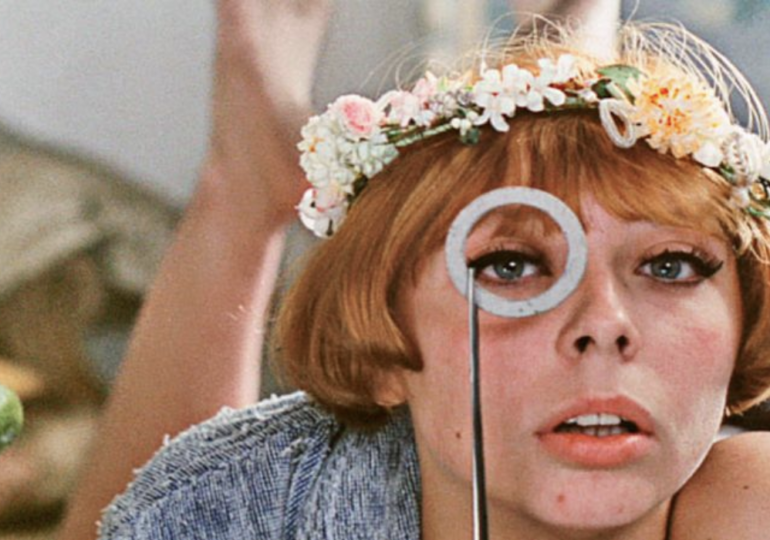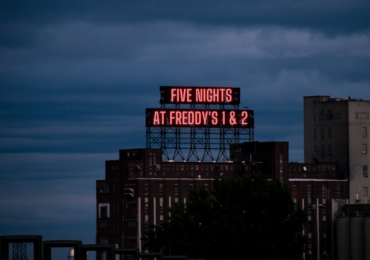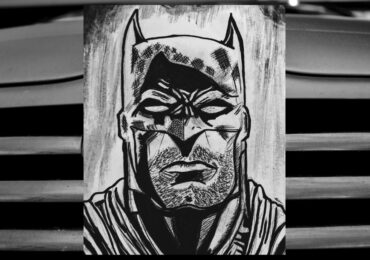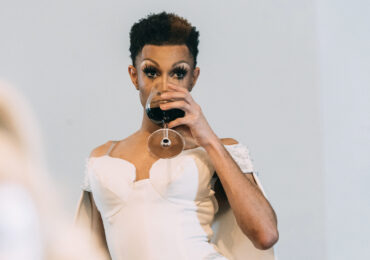‘This film is dedicated to all those whose sole source of indignation is a trampled-on trifle.’ The final line of Chytilová’s brilliantly eclectic, infectious film seems to be written in anticipation of its condemnation by, among others, the Czechoslovak Communist Party. If you’re more concerned with the destruction of a trifle than the real world, and indeed people, around you, the film goads as the camera soars above war-torn ruins, come and get annoyed at this.
Daisies is not only among the most influential and important films of the Czech New Wave, but according to film historian Peter Hames (whose audio commentary with Daniel Bird I strongly recommend from the Second Run Blu-Ray release), it is also ‘the most controversial.’ It follows two young women who declare that since ‘everything’s going bad in this world’, they should go bad too, and begin to manipulate, steal from, and above all, run riot at the expense of everyone around them.
The film is rife with metaphorical and symbolic imagery linking nature to these ‘bad’ attitudes, implying a rejection of traditional gender stereotypes. Traditional roles of women as ‘providers’ are discarded, having them instead be ravenous consumers. Early on, the girls even pick fruit in what appears to be the Garden of Eden, with the subsequent repetition of peaches, apples, grapes and bananas throughout linking their lust and greed to biblical sin. One girl, going under the name of Julie, seduces a man with a butterfly collection, a Czech euphemism for collecting sexual partners, which establishes yet again a connection between nature and lust, this time explicitly sexual. Of course, Julie is the one in control of the situation here, subverting a misogynistic tradition. Indeed, the rampant flower imagery and, of course, title, implies that the girls are themselves daisies; Hames notes that ‘girls are supposed to be pretty as flowers’. This is however ironic, not only as the delicate and fragile connotations of flowers is upended by the inverted gender dynamics, but also because of their own agency in relation to daisies. It is also surely no coincidence that the girls are credited as Marie I and Marie II, evoking iconography of purity and innocence.
This deconstruction and weaponization of harmful gender stereotypes definitively makes Daisies a profound feminist statement. These images and expectations are reversed in such a way that they become empowering for women instead of men. The most obvious instance of this comes when the Maries proceed to cut up phallic foods such as bananas and sausages with scissors whilst, comically, the butterfly collector begs for her attention over the phone to uncaring ears. Scenes at fancy restaurants and eccentric clubs link the theme of gender to themes of class and bourgeois attitudes as well. Another particularly blatant sequence follows the two literally ascending the strata of society, passing imagery of lavish opera halls and arriving at an opulent banquet. Whilst it is not difficult to see why the film was banned in 1968, Hames points out that it likely would have been condemned in a capitalist society all the same. What is more interesting about its censorship is that a film so overtly critical of its classist environs was, as alluded to earlier, actually banned for its wastefulness of food; an idea that becomes more ironic when considering that this is the very claim Daisies levels at its bourgeois audience, and that greed is presented as almost the defining characteristic of its two centrally sinful women.
Chytilová once described the film as a ‘philosophical essay in the form of a farce’, but whilst it is undoubtedly a fascinating and depthful work, it is crucial not to dismiss the film’s impact at its most surface-level. I fell in love with Daisies as a blast of extravagantly musical, rebellious, colourful and experimental energy, first and foremost. Whilst many including the director have often implied that the film is not a wholehearted endorsement of the Maries’ actions, it is exceedingly difficult to be critical when you laugh along with them. Not only are those within the film intoxicated, with dancers being distracted from their own performances, but even the camera seems to be glued to the girls as if a reflection itself of the yet-to-be-coined male gaze. The demise of the Maries as a result of their anarchy creates the sense that with the decline of moral values comes the decline of society – but then the real question becomes: is this a society worth saving?









